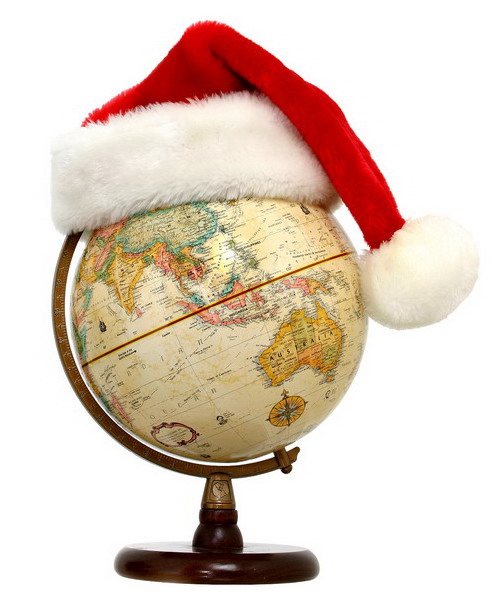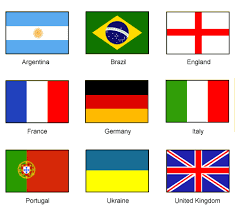Did you know Google Earth Pro is Free for Educators? Google Earth Pro allows you to access higher resolution images, it is ad free, allows you add overlays for others, create movies as well as much more. I would start here if you really want to become serious about using Google Earth as it does allow for far greater opportunities. Click here to find out how to access it for free. It will only last for a year at this stage but will save you $400 straight up.
Google Earth 101
This is an excellent Wiki that will require registration but once you are in it offers in depth tutorials on areas such as: Shortcuts, How to examine environments, creating screen casts and understanding layers, curriculum ideas and further G.E Links Nearly all of these are video tutorials which means both you and your students can learn together. Click here to access Google Earth 101 a great Resource by Quentin Desouza.
Google Earth Lessons
Much like its name suggests Google Earth Lessons is a hub of “How To’s” Student controlled Lessons, Teacher controlled and mini lessons on a range of searchable curriculum areas such as maths, literacy, science and so on. A great site by a dedicated teacher that you must visit. Check it out here.
Google Earth Resources and Tools for Educators
Here you will find multitudes of applications to use alongside G.E, dedicated, G.E Blogs, Lesson Ideas and basically all things Google Earth and education. A must see for those looking further. Click here to access it.
Google Earth for Geography Teachers
Last but not least G.E is probably the greatest geography tool since the atlas was created hundreds of years ago. So if you are a geography teacher who really wants to dig their teeth into physical and political boundaries of the world then this is the site for you.





















